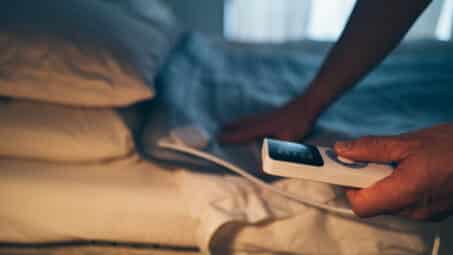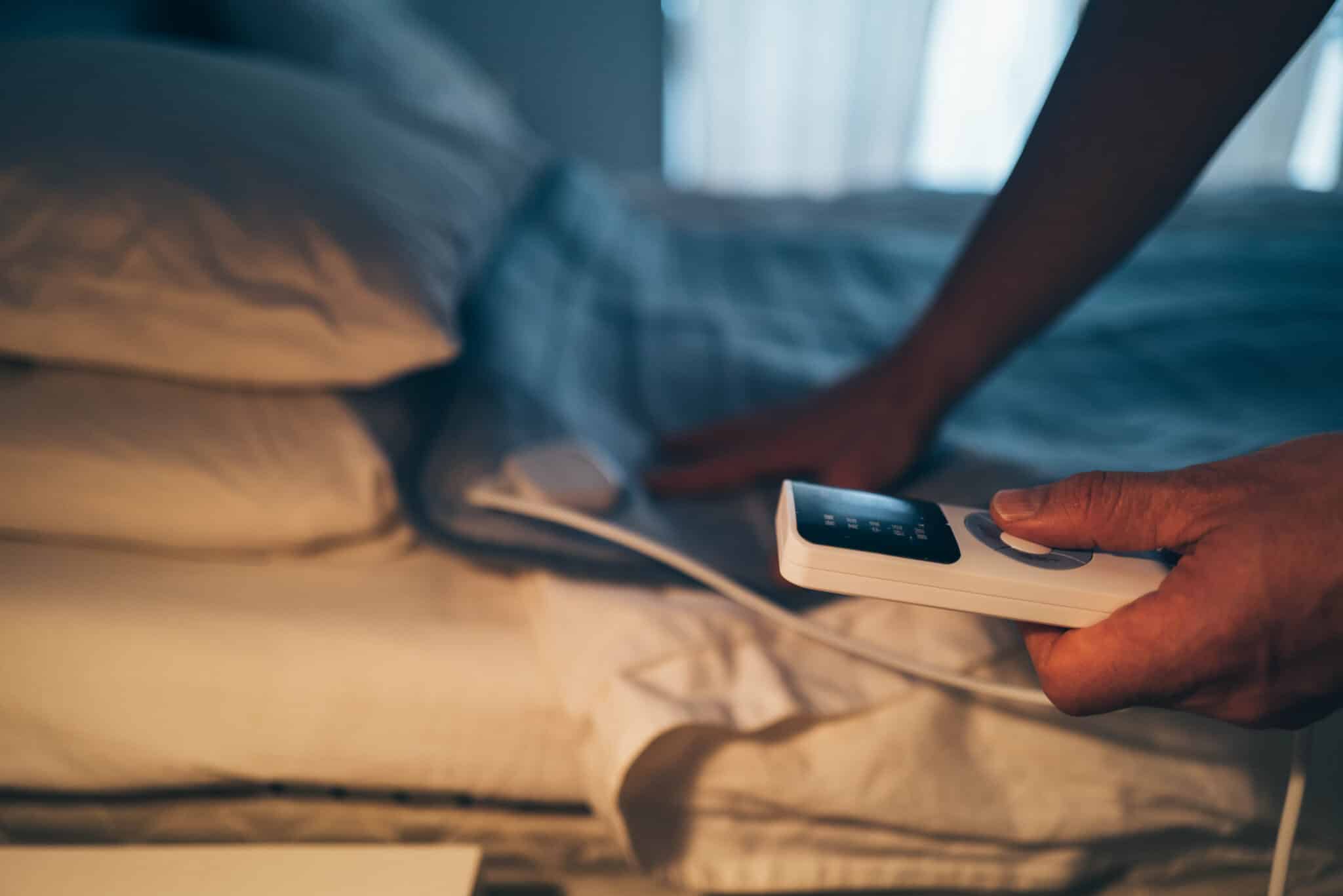If you’re in need of some extra monitoring around you home, setting up a security camera is easier than ever. Here’s your how-to guide for setting up a security camera (and what to do when it’s just not working).
Set Up Guide
Begin by figuring out what areas you want to monitor. For outdoor security cameras, think of key spots a burglar might target, and aim your camera to pick up those areas. Need some guidance? We recommend covering at least your home entry points and off-street, ground floor windows.
Next, position your security camera from the best vantage point, drill holes, and mount. For outdoor cameras, pick a spot that’s up high to discourage tampering. Position the camera just under an eave for the best lighting and protection from weather. For indoor cameras, go for a wide angle view. To do this, find a spot that’s up high and in the corner of the room you wish to monitor. Be sure a power source is nearby, unless you’re using a battery-powered security camera.
Is your camera wired? Attach the camera to your DVR from your camera’s Output to the DVR’s Input. For wireless cameras, simply install the necessary software and follow instructions to access your camera. You may choose to view your feed by smartphone, tablet, or computer. Adjust your features to suit your needs, such as zoom, live view, or recording. Test your setup to be sure you can see the largest range possible. And be sure your security camera is successfully recording if it has that capacity.
Troubleshooting Help
Having issues? If you’re unable to view your security camera, check all your equipment to ensure everything is hooked up to power. Double check your inputs on wired cameras. No signal? Your wireless camera might be in a Wi-Fi dead zone. Try using a wireless range extender. Or simply ask us for help with troubleshooting.
Poor video quality? Before you upgrade, troubleshoot like a photographer. Be sure your camera isn’t pointed toward a light source, or your images will be overexposed. Make adjustments to the security camera angle as needed, and conduct several tests throughout the day as the light changes.






